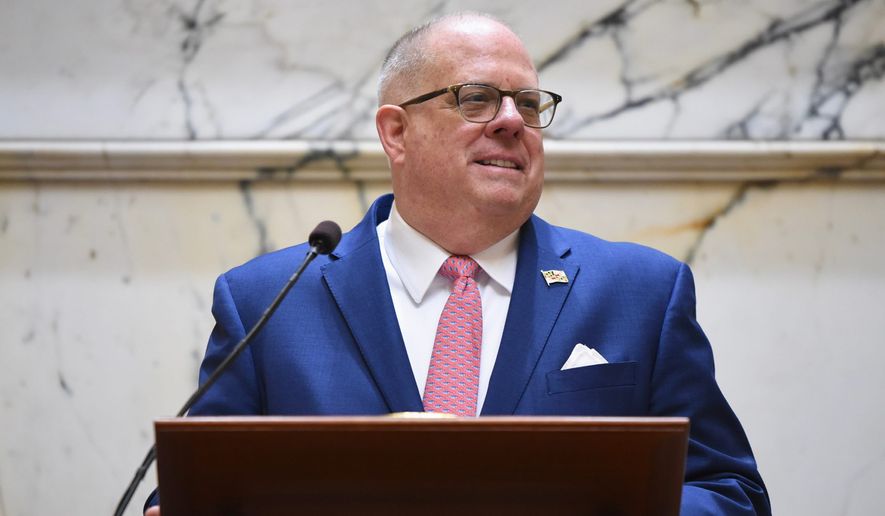OPINION:
The United States emerged from World War II as the undisputed global economic powerhouse in large part because national, state and local leaders were committed to building roads, ports, waterworks and other infrastructure that was the envy of the world.
Lately, it seems leaders in Washington have lost some of that shared sense of purpose and, with it, a bit of our economic edge.
But states are no longer waiting for the federal government to take action. Instead, governors are working together in a bipartisan way, showing real leadership, making real progress and finding real solutions to address our nation’s urgent infrastructure challenges.
As chair of the National Governors Association, I am holding regional and international summits, bringing together industry experts to come up with innovative solutions and help governors drive action. My NGA Chair’s Initiative, Infrastructure: Foundation for Success, is designed to help states solve these challenges by sharing lessons and ideas from around the United States as well as other countries — including Australia, Japan, and Canada — that have taken creative approaches to infrastructure.
Through my initiative, we are exploring how governors can help ease congestion through new technologies and smart policies; how they can expedite vital projects through streamlined permitting processes; how they can work with the private sector and other governmental leaders to safeguard critical infrastructure from cyberattacks; and how they can increase investments by expanding a range of revenue options and helping support private sector financing programs.
These approaches can help stretch public dollars and make the most of our existing infrastructure while easing the path for new projects. Additionally, my initiative is exploring public-private partnerships (P3s) in which governments tap new financing sources and partner with private entities to tackle big infrastructure projects.
The stakes here are high — and the cost of doing nothing is ever-greater levels of congestion, pollution, reduced economic competitiveness, lower quality of life and safety concerns as people continue to use infrastructure that is well past its natural lifespan.
By investing in infrastructure, we aren’t just avoiding these negative consequences, we are also stimulating growth in both the near and long term.
In my own state of Maryland, we have taken a balanced, all-inclusive approach to infrastructure that reaches across party lines. We have moved forward on nearly all of the highest-priority transportation projects in every single jurisdiction, including more than 800 projects totaling $9 billion in roads, bridges and tunnels under construction. We have invested a record $14 billion in transit.
Baltimore-Washington International Airport continues to be the No. 1 airport in our region in passenger traffic, and the Port of Baltimore continues to break records year after year.
Our Purple Line transit project in metropolitan Washington is the largest of its kind in North America. And, to address some of the worst traffic congestion in the country, we recently advanced the largest P3 highway project in the world.
On Interstate 270, which serves many of Maryland’s suburbs and bustling biotechnology corridor, we are incorporating both roadway improvements and innovative technologies to reduce congestion. The roadway improvements target 14 existing bottlenecks across the 34-mile corridor, using a “right-sizing” approach to maximize capacity and address safety. Applying a dynamic and integrated traffic management system, the I-270 project is installing more than 25 real-time traffic signs and more than 30 intelligent signals, cameras and sensors to create an automated flow management system.
One of the things that makes Americans so exceptional is that when we see that something is broken, we fix it — or at least we try to.
That can-do spirit is still alive and well in states across America. Our nation’s governors are pioneering creative approaches to pay for vital infrastructure, keeping it safe from those who would cause harm and cutting red tape that stands in the way of progress. And if we can accomplish it in the states — if we can set out to fix and rebuild what’s broken — then there is no place in America where we can’t rise to meet these challenges and ensure a stronger future for our country.
• Larry Hogan is the governor of Maryland and the chair of the National Governors Association.




Please read our comment policy before commenting.